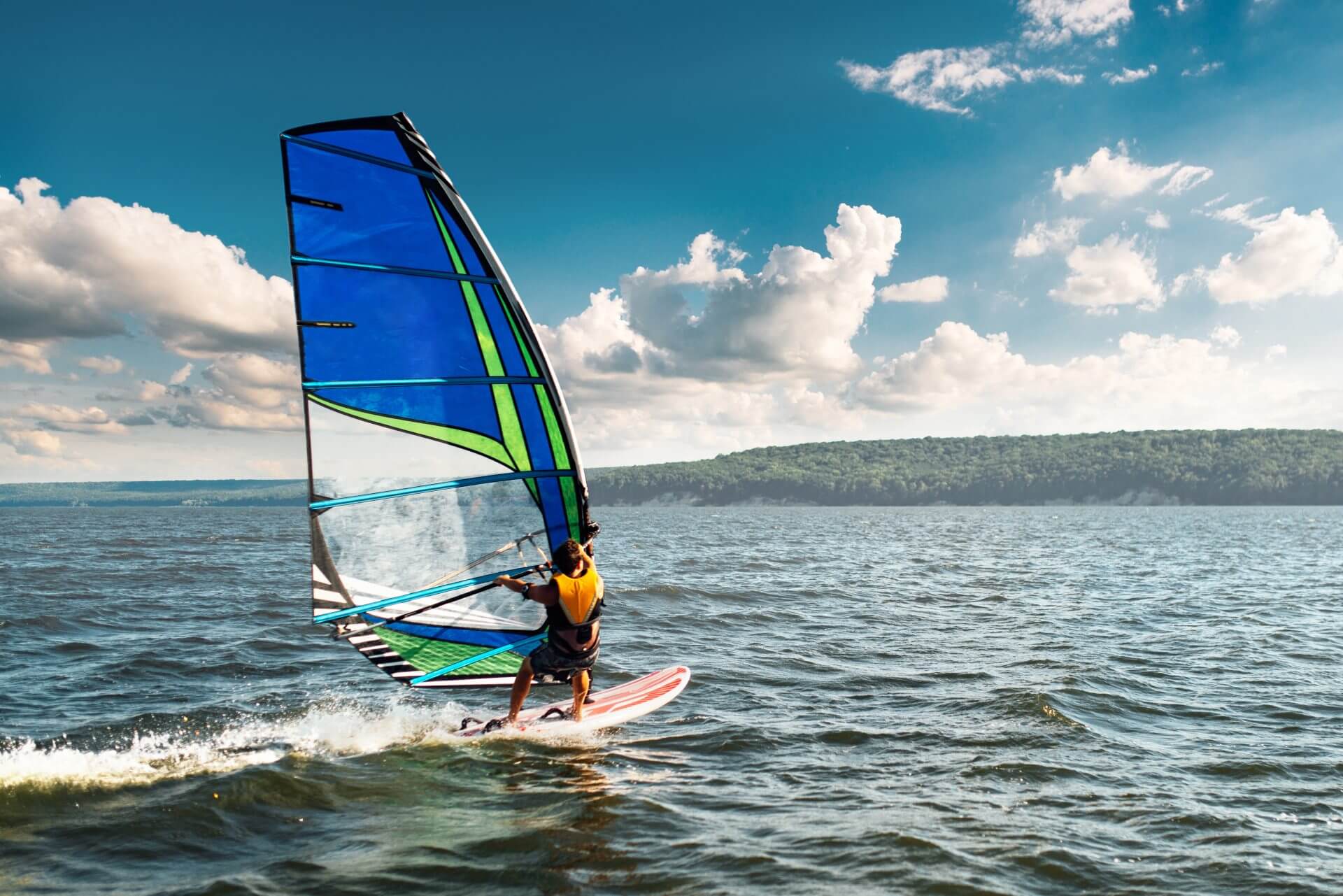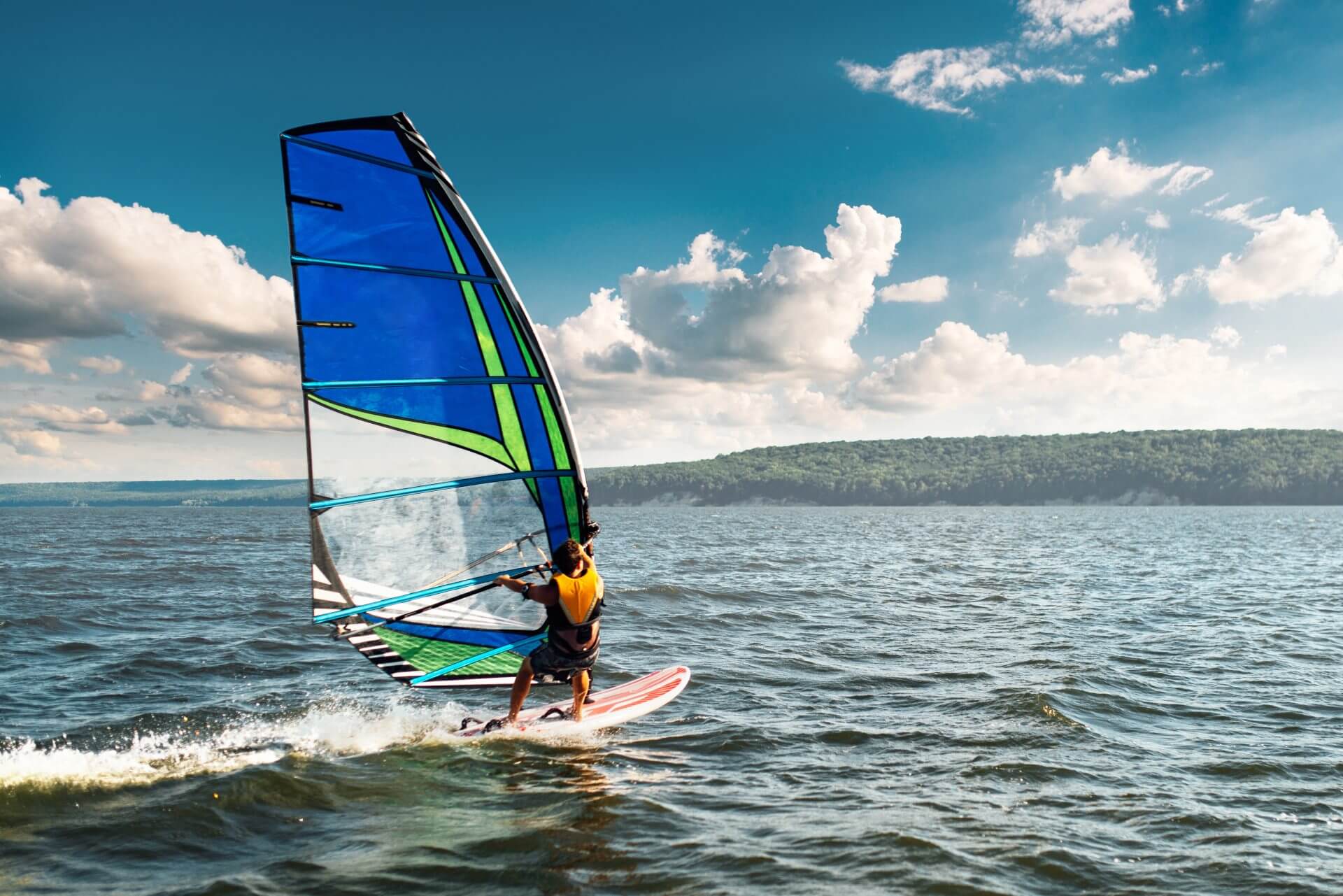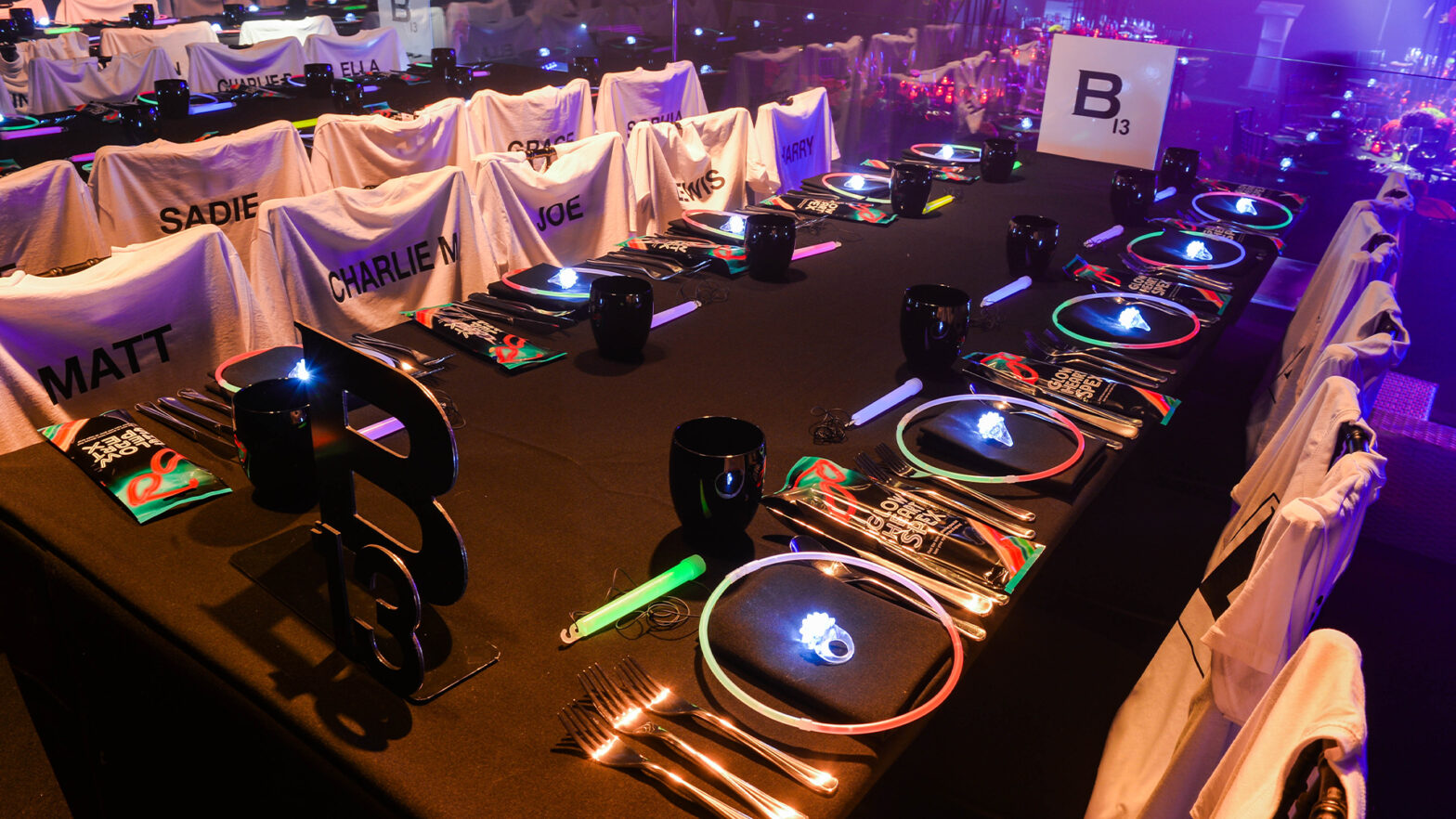Windsurfing has been around since the 1940s, but it’s seen a resurgence in popularity today, with more people discovering its enjoyable and rewarding sport. With so many boards available on the market, choosing one can be overwhelming; you don’t want to make an expensive mistake. To help you find the right board that suits your needs, let’s explore what aspects of windsurfing boards should be considered when making your decision. From beginner sailors to experts looking for an upgrade or new board, this guide provides all the information necessary to choose the perfect windsurfing board.
1. Consider Your Skill Level and Experience
First and foremost, you must consider your current skill level and experience. If you’re a beginner windsurfer, starting with boards designed for learning is essential. Look for boards with wider tails and larger volumes. These boards are easier to control and provide more stability in the water, making them the ideal choice for novice sailors.
The type of board you’ll need depends on the conditions you plan to sail in. If you intend to sail mostly on flat water, look for more stable boards with less rocker. For windier days and rougher conditions, a more aggressive board with many rockers is better suited.
2. Think About the Size
The size of your board is just as important as the shape and will depend on your weight and skill level. Generally speaking, the heavier you are, the larger the board should be. Larger boards tend to be slower but offer more stability than smaller boards.
When purchasing a board for learning, bigger is usually better; it will be easier to stand on and provide more floatation. The wing foil gear is typically larger than other boards, usually in the mid to large-size range, so keep this in mind if you plan on taking up foil windsurfing. You may also consider a board package with all necessary gear, such as fins and a sail.
3. Choose the Right Fin Setup
The fin setup you choose will largely depend on your sailing style. Free-ride windsurfers usually use larger fins with more area, which provide stability and grip while keeping the board in control. Wave sailors often prefer smaller fins with less area, as they provide a more responsive feel and allow for more manoeuvrability in the surf.
For those looking to freestyle, it’s best to combine fin setups: small center fins with larger side fins. This setup is ideal for pop-shove-its and other freestyle tricks. You can always experiment with different fin setups to find which works best for your style and the conditions you sail in. You may consider purchasing a board with two or three fin boxes for more advanced sailors.
4. Look for Quality Construction
The construction of a windsurfing board is just as important as its size and shape. You want a board that will last and perform well in the water, so look for boards made with high-quality materials and craftsmanship. Many top brands offer excellent construction and quality control, so it pays to invest in a board from one of these manufacturers.
Ideally, you want a light and strong board, so look for ones made with epoxy resins or carbon fibre. These materials provide superior strength while remaining lightweight, making them perfect for windsurfing. You should also try to find a board with suitable foot strap inserts. so it’s vital that the inserts are securely attached and don’t move around when you’re sailing. Look for boards with multiple insert points if you need to attach any other surfing accessories. This will allow you to easily attach and adjust your gear without drilling into the board.





















